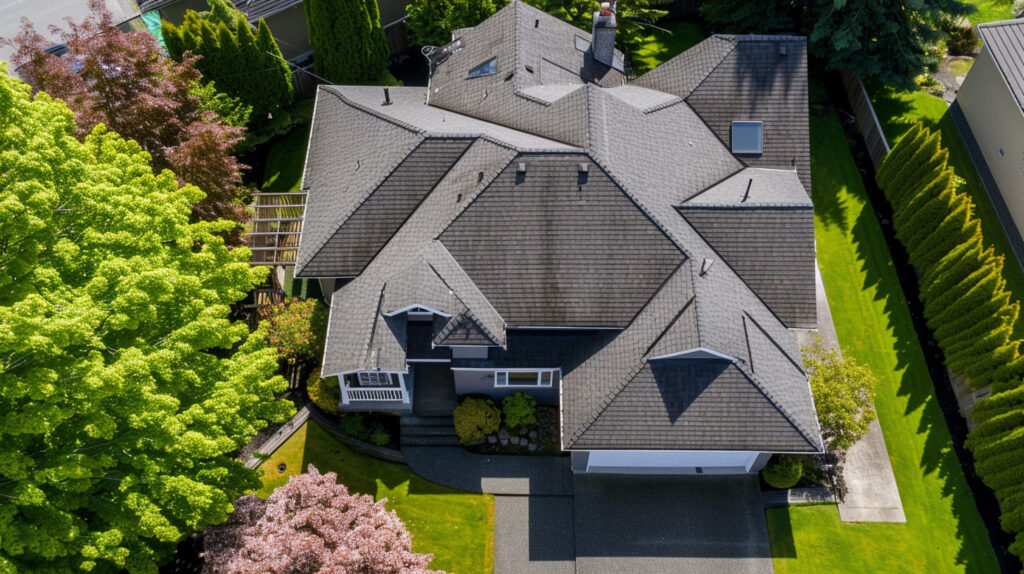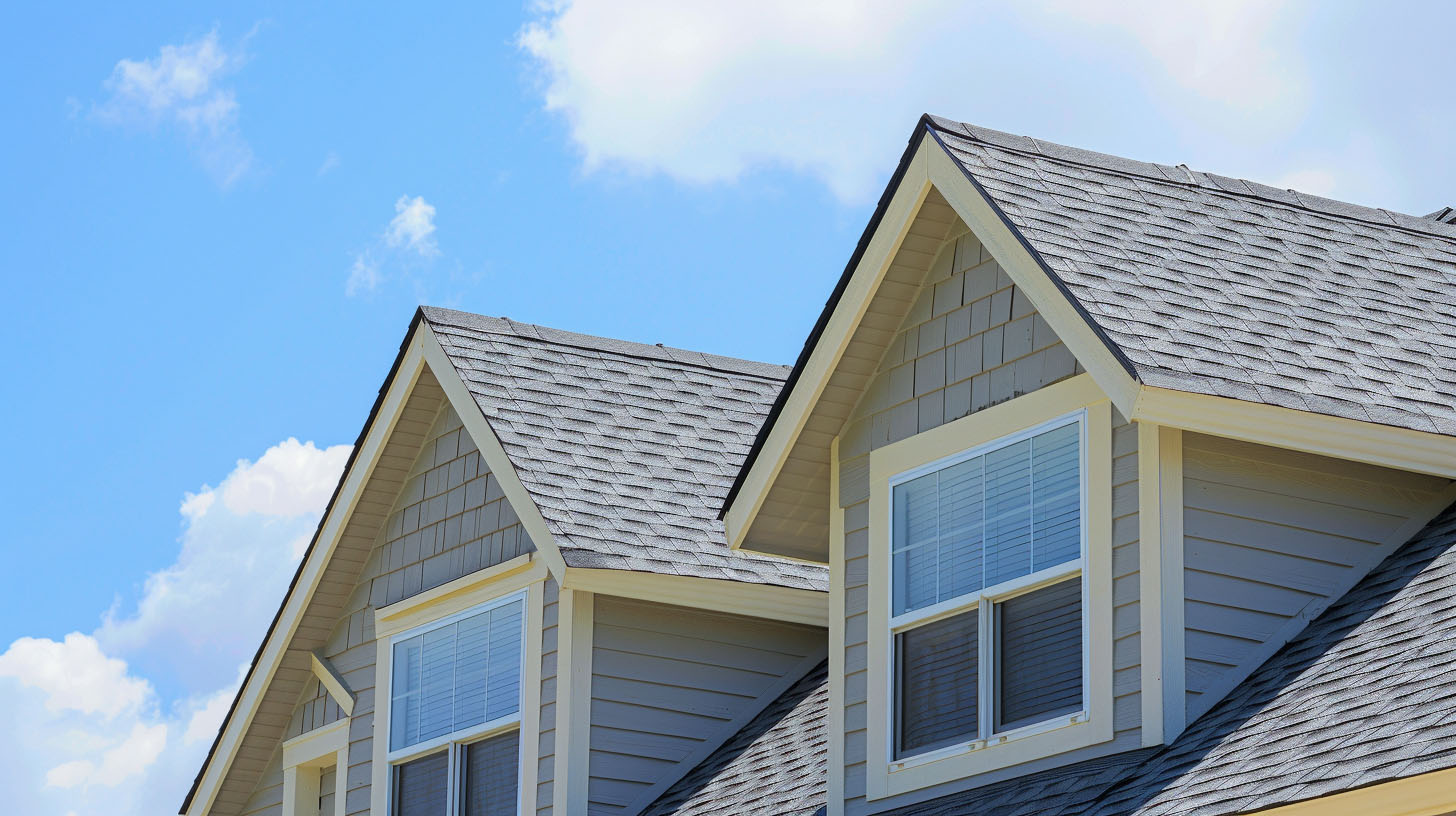How UV Radiation Impacts Roofing Materials
Your roofing system is constantly exposed to the sun’s powerful rays, especially in sunny areas like Long Beach, CA. Over time, UV radiation weakens roofing materials, causing damage that can impact your roof’s ability to protect your home. Understanding UV radiation’s effects is crucial to safeguarding your roof’s structural integrity and energy efficiency. Proactive measures, including regular maintenance inspections and UV-resistant materials, are vital in preventing deterioration and costly repairs. Specialist Roofing & Repair is here to help you defend your roof against sun exposure effectively.
What Is UV Radiation and Why Does It Matter for Roofs?
UV radiation refers to the invisible rays of energy emitted by the sun. While UV rays are essential for heat and light, excessive exposure can damage the outer layers of your roof, including asphalt shingles, coatings, and tiles. These high-energy rays gradually deteriorate roof surfaces, compromising their ability to resist wear and tear.
In regions like Long Beach, CA where sunlight is abundant, UV exposure accelerates roof aging. To minimise damage, it’s essential to adopt UV protection strategies, conduct regular inspections, and choose durable materials.

Types of UV Radiation and Their Effects on Roofing Systems
Two primary types of UV radiation, UVA and UVB, significantly affect roofing systems. UVA rays penetrate deeper, leading to chemical bond degradation in materials like asphalt shingles, resulting in a loss of flexibility and granule loss. In contrast, UVB rays tend to cause more immediate surface damage, contributing to color fading and thermal shock in various roofing materials. Understanding these effects is crucial for proactive measures, ensuring the structural integrity of your roof through regular maintenance and protective coatings.
How Sunlight Exposure Differs in Long Beach, CA
The unique climate of Long Beach, CA, plays a critical role in sunlight exposure on roofing systems. With its sunny days and minimal cloud cover, roofs in this region face persistent UV radiation, leading to significant effects. The high levels of sun exposure can accelerate the degradation of protective coatings and granules on shingles, resulting in color fading and loss of flexibility. Understanding these specific conditions helps homeowners prioritize proactive measures, ensuring the integrity of your roof through regular maintenance and inspections.
Common Roofing Materials and Their Vulnerability to UV Damage
Specialist Roofing & Repair, partnered with top brands like Owens Corning and GAF, recognizes these vulnerabilities. Selecting high-quality materials and scheduling regular inspections are key to avoiding extensive UV damage and repair costs.
Asphalt Shingles vs. Tile, Metal, and Flat Roofing
Asphalt shingles, often favored for affordability, face significant UV damage, resulting in granule loss and reduced flexibility over time. In contrast, tile and metal roofing offer superior UV protection due to their reflective coatings and enhanced durability, which bolster the structural integrity of the roof. Flat roofs, though susceptible to thermal expansion and potential pooling, can benefit from UV-resistant sealants to mitigate damage. Regular inspections and proactive measures are essential to maintain the integrity of your roof across all types of materials.

Signs of UV Deterioration in Popular Brands
Recognizing UV deterioration in roofing materials can prevent costly repairs. In brands like Owens Corning and GAF, watch for granule loss or discoloration, indicating the depletion of protective granules essential for protection. Polyglass and CertainTeed products may exhibit signs of flexibility loss or surface cracking, while ASC materials can show a bleaching effect. Regular inspections by a roofing company can identify these early signs, ensuring the structural integrity of your roof remains intact and mitigating the long-term effects of exposure.
Impact on Roof Lifespan, Appearance, and Energy Efficiency
Extended exposure to radiation can significantly decrease the lifespan of roofing materials by degrading their chemical bonds and leading to structural integrity issues. The bleaching effect contributes not only to color fading but also to the loss of flexibility, making roofs more susceptible to thermal expansion and thermal shock.
Enhanced UV protection, such as reflective coatings and protective granules, can improve both appearance and energy efficiency. Investing in quality materials and regular roof inspections is essential to mitigate potential damage and reduce energy bills over time.
What’s Next
The impact of UV radiation on roofing materials cannot be overstated. Proactive measures, such as regular inspections and maintenance, are essential to preserve the structural integrity of your roof and extend its lifespan. Understanding the effects of UV exposure enables homeowners to make informed decisions about materials and preventive strategies. Investing in quality materials and protective coatings can significantly mitigate costly repairs down the line, ensuring the roof remains a reliable first line of defense against the elements for years to come.

Frequently Asked Questions
How does sunlight damage roofing materials?
Sunlight, specifically UV rays, deteriorates roofing materials over time by causing cracking, granule loss, and fading. These issues compromise the protective barriers and structural integrity of roofs. Regular maintenance helps identify and repair early signs of damage before costly repairs arise.
How does UV radiation affect materials?
UV radiation causes chemical changes within roofing materials, leading to granule loss, brittleness, and faded coloring. Prolonged exposure accelerates wear and weakens the protective granules designed to shield against sun damage, making regular inspections essential for prevention.
Read our blog: Roof Flashing Explained: What It Does and Why It Matters



